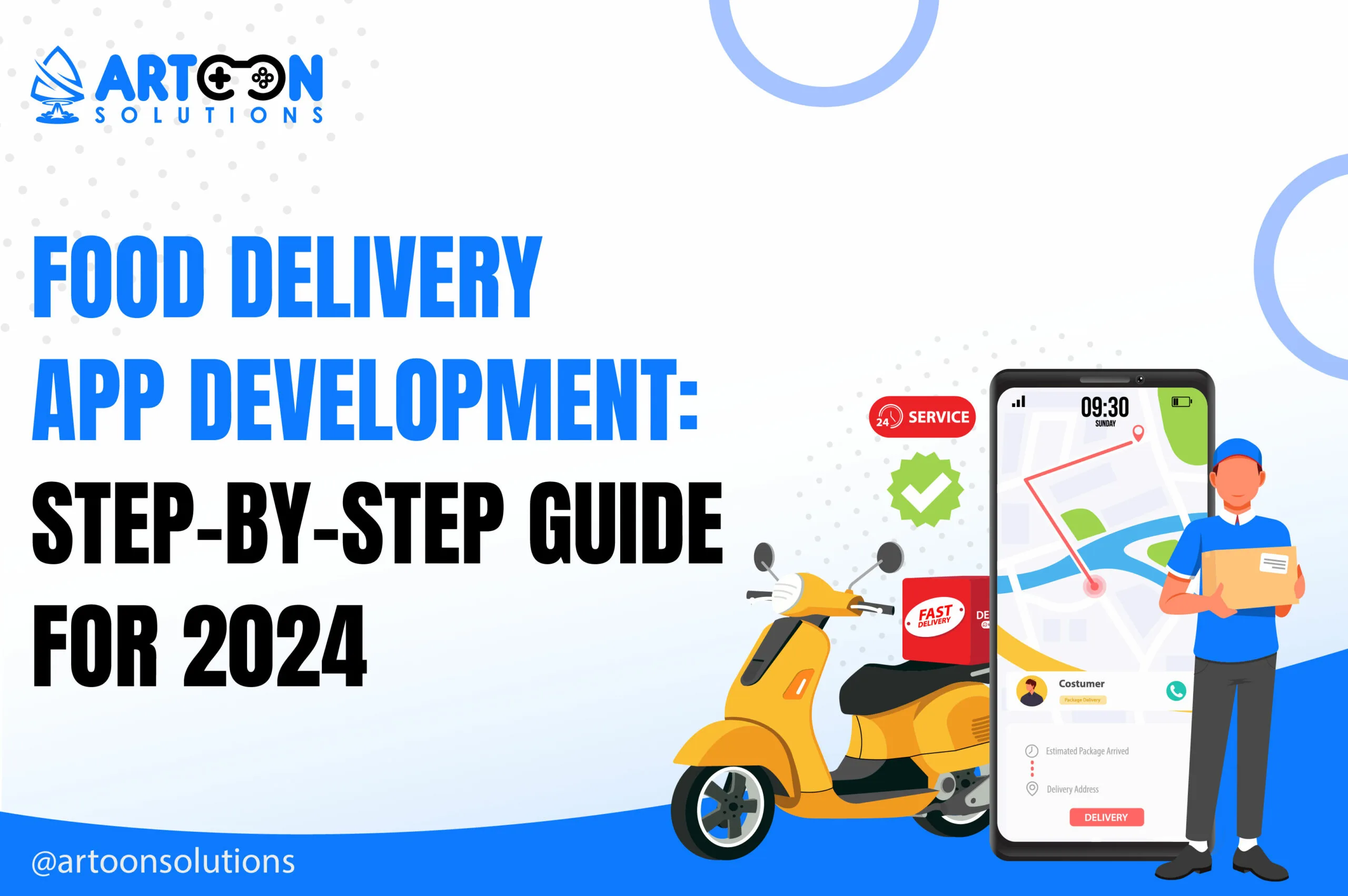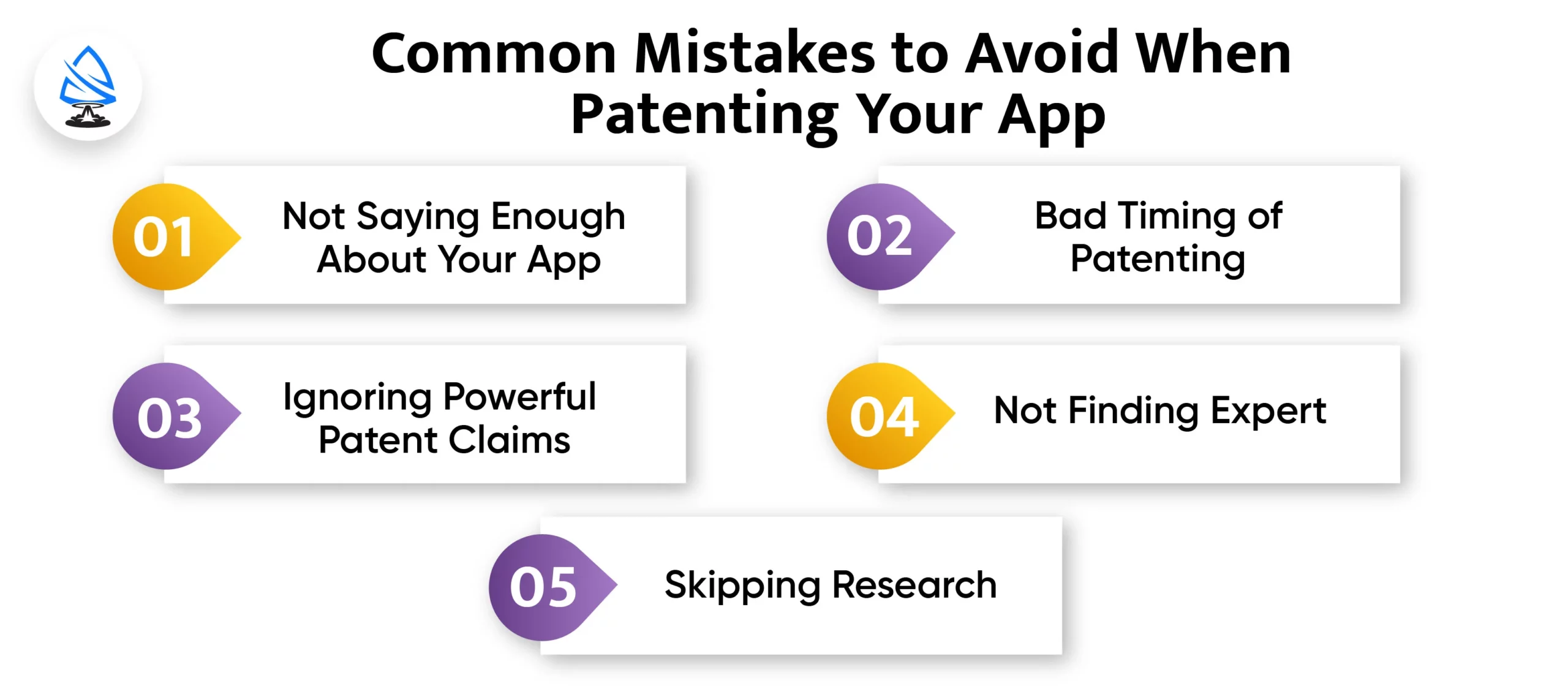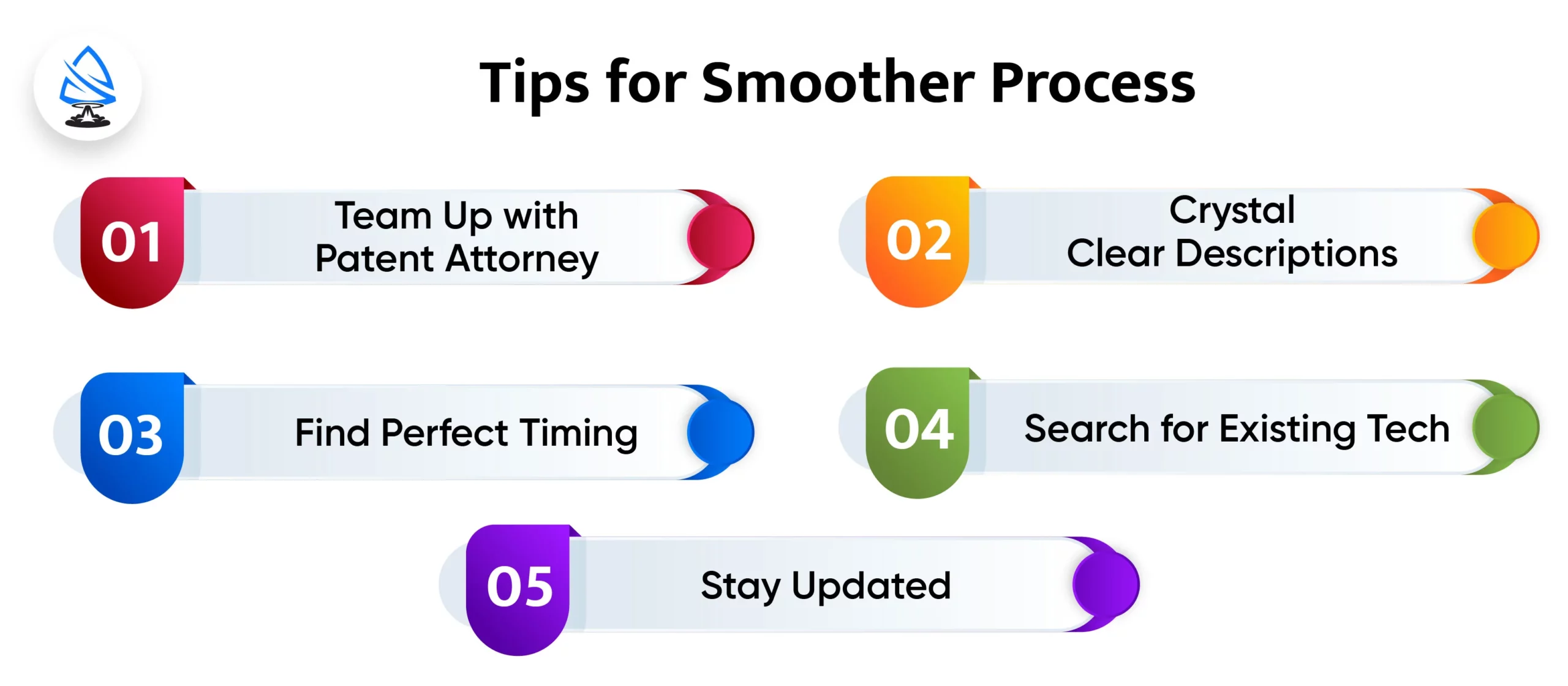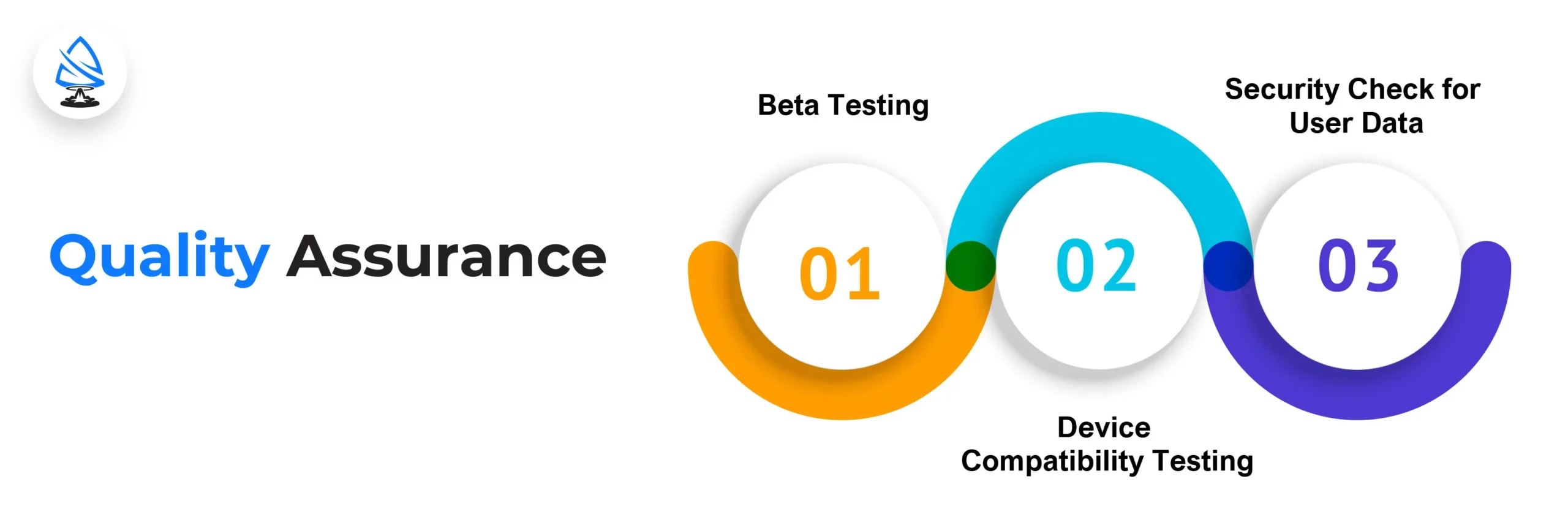- HR:+91-879-9184-787
- Sales:+91-832-0329-068

Food delivery apps have come a long way since their inception due to the highly effective food delivery process. The online food delivery app development market in India alone is projected to reach a revenue of over USD 33 Billion with an expected annual growth rate (CAGR) of 21.7% during the period 2023-2027. With this pace, the market volume of food delivery apps will reach approximately 73 Billion in India by the end of 2027.
The food delivery industry has witnessed a significant boom in recent years, driven by changing consumer preferences and the convenience offered by technology. As a result, many restaurants and food service providers are turning to food delivery apps to expand their customer base and streamline their operations.
So, how to create food delivery apps in 2024 to stand out among competitors? In this article, we will explore the process of food delivery app development in 2024 and the key factors to consider when creating a successful food delivery app.
The advent of food delivery apps has revolutionized the way people order food. With just a few taps on their smartphones, users can browse a wide range of restaurants, cuisines, and dishes, and have their favorite meals delivered right to their doorstep.
This convenience has maximized the growth of the food delivery industry, with an increasing number of consumers opting for online food ordering over traditional dine-in experiences.
Developing a food delivery app involves several stages, each crucial to ensure a seamless and user-friendly experience.
Let’s explore how to create food ordering apps in 2024 with all the key steps and processes involved:
Before diving into app development, it’s essential to conduct market research and analysis on proven statistics. It involves studying the existing food delivery market, identifying the target audience, analyzing competitors, and understanding user preferences.
The research will help you to minimize gaps in the market, define your unique selling proposition (USP), and make informed decisions throughout the food delivery process.
Once you have a clear understanding of the market, it’s time to plan and strategize your app development process. This includes defining your app’s goals and objectives, outlining its features and functionality, and creating a development roadmap.
It’s crucial to prioritize essential features and create a user-friendly interface that aligns with your target audience’s preferences.

Food delivery apps are of various types. Some apps are designed to assist restaurant owners, while other models act as a medium between restaurants and customers. Below are the top business models we can list as follows:
Do complete research by looking at both advantages and disadvantages and then choose a model that fits well with your business.
Design plays an essential role in the success of a food delivery app. A visually appealing and intuitive interface enhances user experience and boosts overall user base. Collaborate with experienced UI/UX designers to create a seamless and visually pleasing design that reflects your brand identity.
Pay attention to factors such as ease of navigation, clear call-to-action buttons, and visually appealing food images.

List out each feature, functionality, integration, and all other aspects you want to include in the app. Clarity on each design and graphic will have a better chance of succeeding in the long run.
A client’s app should include features such as:
A restaurant’s app should include features such as:
A delivery agent’s app should include features such as:
Once the design is finalized, the development phase begins. This involves coding the app, integrating features, and ensuring seamless functionality across different devices and platforms. It’s crucial to follow best coding practices and optimize the app’s performance to deliver a smooth and responsive user experience.
Alongside development, rigorous testing should be conducted to identify and fix any bugs or performance issues.
It can be done in many ways. Here are the three strategic monetization methods to follow for a continuous revenue count:
After thorough testing, it’s time to deploy and launch your food delivery app. It involves submitting the app to relevant app stores, such as the Apple App Store and Google Play Store, and complying with their guidelines and policies. It’s crucial to create an engaging app description, screenshots, and promotional materials to attract potential users.
Additionally, plan a marketing strategy to create awareness and generate downloads in the initial phase.

To create a successful food delivery process, it’s important to integrate key features that cater to both users and businesses. Here are some essential food delivery app features to consider
Allow users to create accounts and log in using their email addresses, social media profiles, or phone numbers. Implement a secure authentication process to ensure user privacy and data protection.
Provide a comprehensive menu with detailed descriptions, prices, and images of dishes. Implement an intuitive ordering system that allows users to customize their orders, add special instructions, and select preferred delivery options.
Integrate secure and seamless payment options, such as credit/debit cards, digital wallets, or cash on delivery. Ensure the payment process is user-friendly and complies with industry standards. Digital payment options such as Paytm, Google Pay, and PhonePe will be more convenient for users.
Allow users to track their orders in real-time, from the moment they are placed to the moment they are delivered. Implement a map-based tracking system that provides accurate updates and notifications.
Enable users to rate and review restaurants, dishes, and delivery experiences. This feature helps build trust and allows users to make informed decisions when choosing restaurants.
Implement push notifications to keep users updated about order status, exclusive offers, promotions, and important updates. Personalize notifications based on user preferences and behavior.
Also Read: Features and Benefits of Food Delivery App Development Models?

The food delivery app development cost can vary based on several factors. Here are some key factors that influence the overall cost:
The choice of platform, such as iOS, Android, or both, can impact development costs. Developing a food delivery app for multiple platforms generally requires more resources and time, resulting in higher costs.
The complexity of the app’s design, including UI/UX elements, animations, and transitions, can affect development costs. Intricate designs may require additional resources and expertise.
The number and complexity of features integrated into the app play a significant role in determining development costs. Advanced features, such as real-time order tracking or AI-powered recommendations, may require additional resources and expertise.
If you plan to integrate third-party services, such as payment gateways or map APIs, additional costs may be incurred. These integrations often involve licensing fees or usage charges.
The size and location of the development team can influence costs. Hiring experienced developers or outsourcing to regions with lower development costs may result in cost savings.

Creating a successful food delivery app requires careful planning and execution. Here are the other key steps to follow apart from research, design, and development:
Differentiate your app from competitors by offering a unique selling proposition. Identify what sets your app apart and communicate it effectively to your target audience.
Consider your target audience’s device preferences and choose the appropriate platform(s) for your app. Select the right technology stack that aligns with your app’s requirements and scalability.
Partner with an experienced app development team that specializes in food delivery apps. Ensure they have a strong portfolio, relevant expertise, and a track record of delivering successful projects.
Create a comprehensive marketing strategy to generate awareness and attract users. Leverage social media, influencer partnerships, and app store optimization techniques to maximize app visibility.
Also Read: Essential Features Of Food Delivery Applications In 2023
Food delivery apps offer numerous benefits for both consumers and businesses. For consumers, these apps provide a convenient and hassle-free way to order food, saving them time and effort. They also offer a wide variety of choices, allowing users to explore different cuisines and restaurants from the comfort of their homes.
Additionally, food delivery apps often provide exclusive discounts, promotions, and loyalty programs, making them an attractive option for cost-conscious consumers.
On the other hand, food delivery apps provide restaurants and food service providers with an opportunity to reach a larger customer base and increase their revenue. By partnering with these apps, businesses can tap into a network of potential customers who are actively looking for food delivery options.
Moreover, food delivery apps help streamline the ordering and delivery process, reducing errors and improving overall efficiency.
The process of food delivery app development in 2024 involves thorough market research, strategic planning, robust development, and effective marketing. By understanding the key food delivery app features, factors influencing costs, and steps to create a successful app, businesses can leverage the growing demand for food delivery apps and tap into a lucrative market.
Take your food delivery business to a new level where it thrives on challenges with our skilled food delivery app developers capable of providing feature-rich food delivery mobile app development services.
Let’s build your food delivery app now!
Also Read: A Complete Guide For Food Delivery App Development For Your Business
The development timeline for a food delivery app can vary depending on various factors, including the complexity of features, design requirements, and platform selection. On average, the food delivery app development cost starts at USD 15,000 with basic features and functionalities.
The ongoing maintenance costs for a food delivery app may include server hosting, app updates, bug fixes, security patches, and customer support. The costs can vary based on the size and complexity of the app.
There are several ways to monetize a food delivery app. The most common methods include a commission fee from restaurants for each order placed through the app, implementing delivery fees, offering premium subscriptions for additional benefits, and displaying targeted advertisements.
Partnering with existing restaurants can certainly give your food delivery app a good recognition in the market. By collaborating with established restaurants, you can offer a wide variety of cuisine options and tap into their existing customer base.
The essential security measures for a food delivery app include implementing secure payment gateways, encrypting user data, using two-factor authentication, and regularly updating the app with the latest security patches.
Copyright 2009-2024
